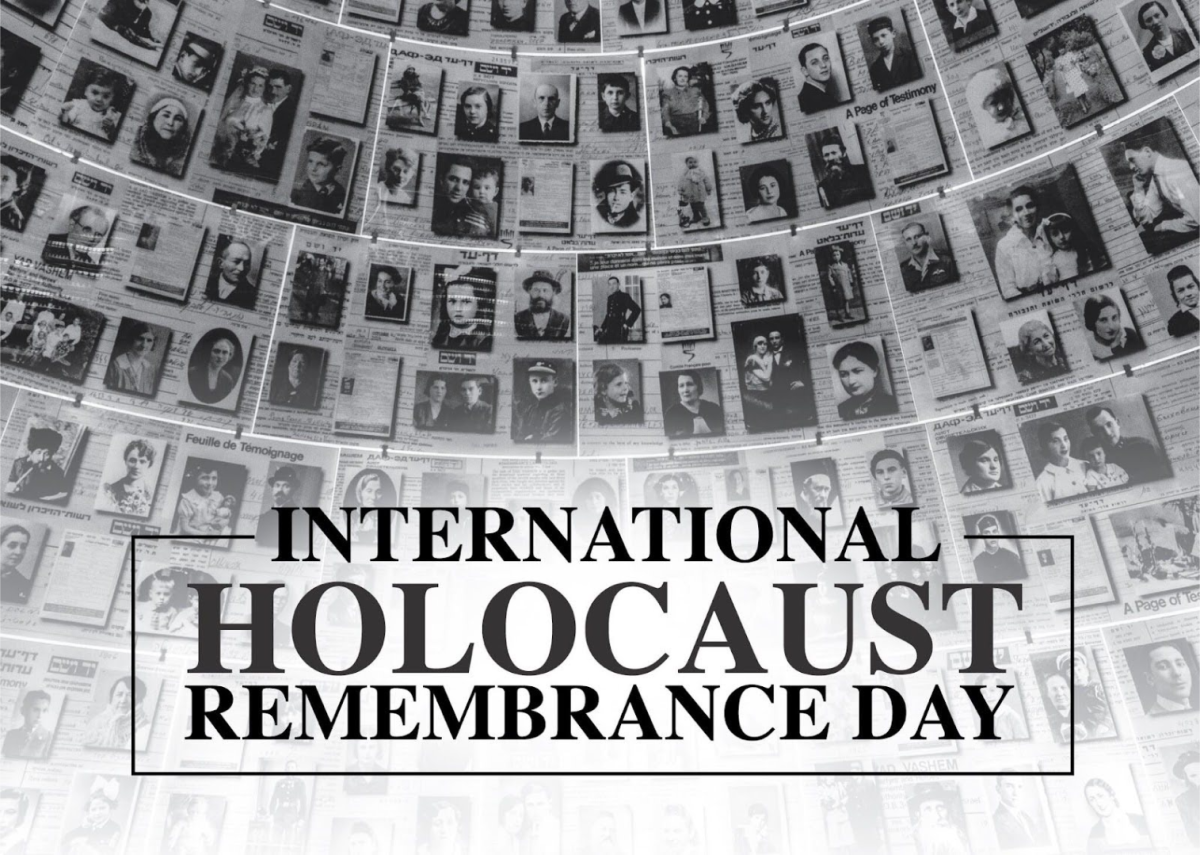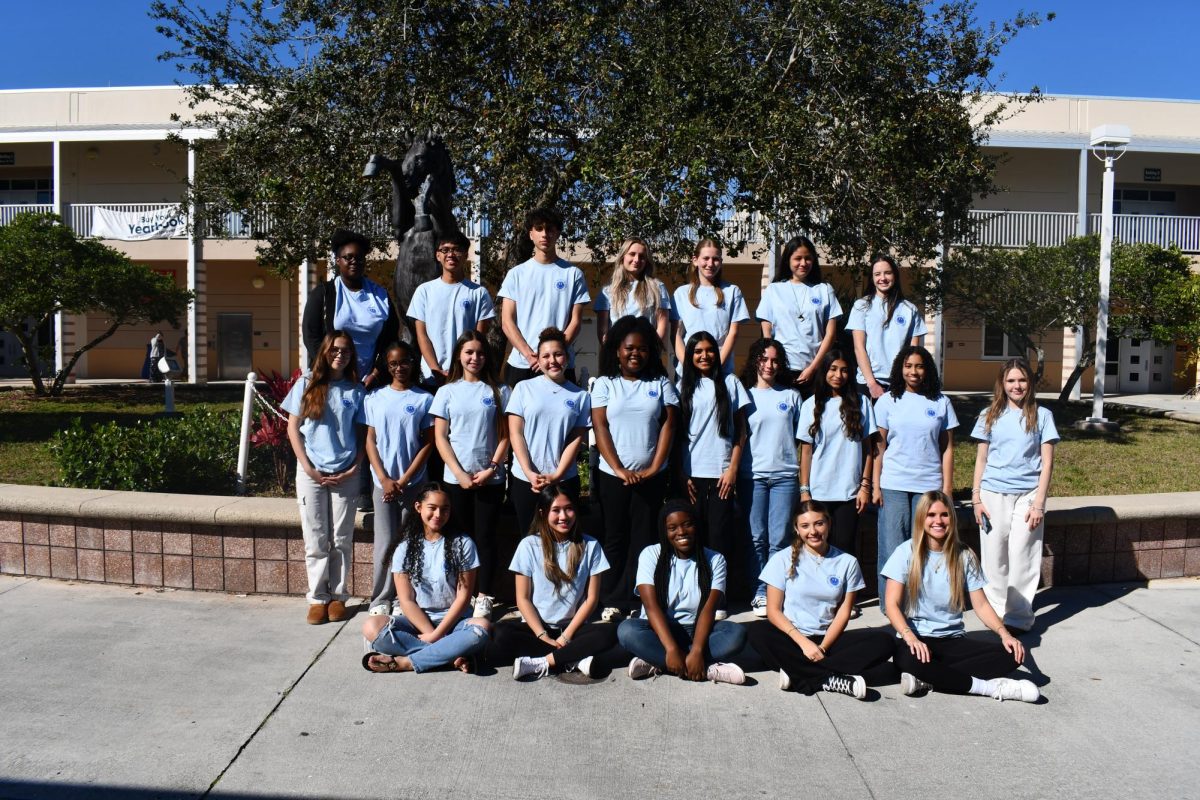Mainstream brands target children for cheap labor
Instead of experiencing exhaustion from fun, children are experiencing exhaustion from employment
April 6, 2021
In 1938, U.S residents under the age of 14 were permitted from industry work. However, many of our nation’s mainstream companies still utilize child labor from other countries. Although the majority of American children are not engaged in this work specifically, the exploitation of adolescents in other countries is a problem that deserves consumers’ concern.
“I feel like because child labor is banned in our country, we often forget that it still exists and at alarming rates.” commented junior Ben Moss.
According to data obtained from the Child Labor Coalition: “As of 2018, 218 million children between the ages of five and 17 years are in employment [worldwide]. 152 million of those adolescents are victims of child labor. About 73 million children work in hazardous child labor.”
Victims of child labor are driven to work for various reasons. One of the main reasons for child labor is the financial struggle that families endure. Other reasons consist of companies’ need for cheap and unskilled labor in addition to the physical attributes of small stature and agility. However, the consequences are very detrimental.
According to UNICEF “Child labor can result in extreme bodily and mental harm–and even death. It can lead to slavery and sexual or economic exploitation.”
Children involved are often robbed of their childhood. Instead of participating in activities that develop their minds, child labor limits their access to education and creativity. The United States was able to acknowledge this and as a result passed the Fair Labor Standards Act of 1938. Since then, some companies and consumers have spoken out against this form of exploitation.
“I try not to support businesses that support child labor,” commented U.S History teacher Mr. Wynn. “With that said, the majority of the items that we consume as Americans are made in countries that are known to use child labor. These are mainstream companies in which we use their products on a daily basis.”
There are a plethora of popular companies in the United States that utilize child labor within their production. One well known brand being Apple: a discovery was made which showcased a Chinese contractor employing 74 minors in 2013, and the company also admitted that the iPhone X product was made by school-age children. Apple is known as a dream job for graduates and interns, yet claims in 2018 suggested that minors were used to manufacture Apple Watches under the appearance of ‘interns’. Apple made multiple statements implying their desire to end child labor practices while their contractors are still permitted to hire whomever they please.
“I definitely do agree that this practice is harmful and wrong towards children,” emphasized senior Kaitlyn Myers. “However, Apple is such a mainstream company, I feel like this news won’t change consumers’ use of their products, but it also doesn’t mean that consumers’ condone this action.”
Additionally, Marlboro (a company that has been headlining the tobacco industry) admitted to forcing children younger than 13 into labor on their tobacco farms in Kazakhstan. The Human Rights Watch (HRW) also suggested that the adolescents’ passports were confiscated upon arrival in order to prevent them from escaping. Unfortunately, Philip Morris–the company owner–has not been responsive towards these allegations and reports. A Guardian investigation published in June 2018 showed that he had been rather slow in implementing the HRW’s suggestions as child labor in their Malawi contracted farms is ‘rampant’.
On the other hand, some companies are being forced to make swift changes as legal action is being taken against them. This is exemplified with the popular confectionery giant: Hershey’s. Their exploitation of children in west Africa is being brought to light by law firm Hagens Berman. Berman alleges that Hershey’s has not implemented the Harkin-Engel Protocol even though they are signatories of it. This protocol was created in 2001 by Senator Tom Harkin and Representative Eliot Engel to eliminate forms of child labor in the growing and processing of cocoa beans in addition to their derivative products wherever cocoa is grown. Investigations show that Hershey’s is simply not doing enough to enforce the protocol within its environment.
Because child labor is so rampant amongst society, different organizations are working to prevent and respond to its spread. The Child Labor Coalition has dedicated itself to abating this issue by implementing fast changes to environments that enable child labor. UNICEF, for example, is working to strengthen social service within the workforce. They believe that these workers play a key role in ‘recognizing, preventing, and managing the risks that lead to child labor.’
As stated in UNICEF “With the International Labor Organization, we help to collect data that make our child labor visible to decision makers. These efforts complement our work to strengthen birth registration systems, ensuring that all children possess birth certificates that prove they are under the legal age to work”.
Children removed from child labor are safely returned to school and training. UNICEF also works with the United Nations and the European Union on initiatives to address child trafficking–which is also included in the business of child exploitation.
“Child labor is such a prevalent issue in society today,” explained junior Grace Obeso. “It’s rates are increasing, but with the help and attention from different organizations and consumers, it’s spread is sure to decrease soon.”
To find out more information on what is being done about child labor, visit the following websites:



